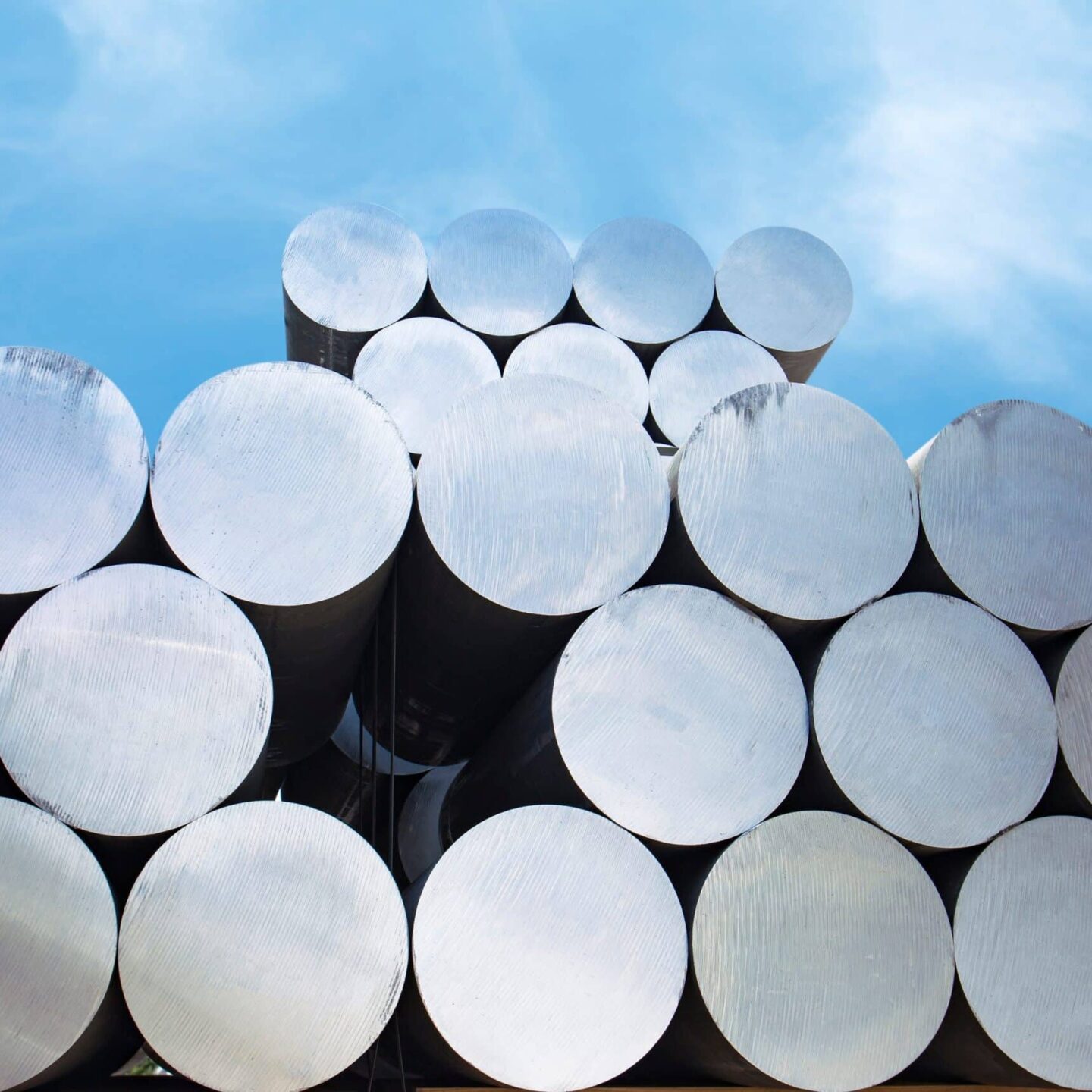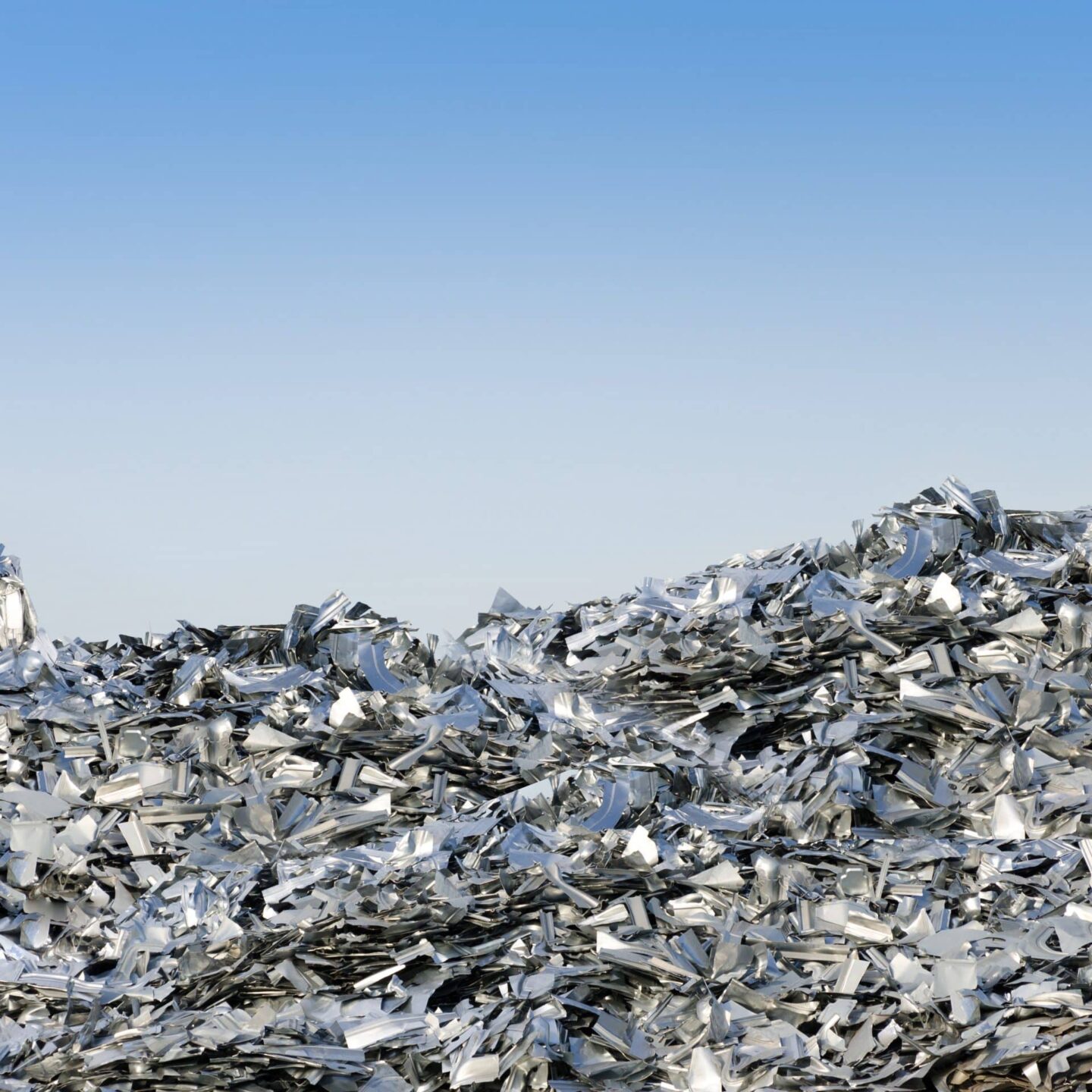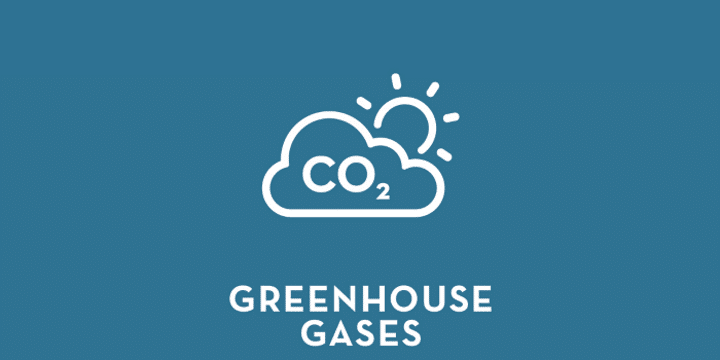Good Practice for Calculation of Primary Aluminium and Precursor Product Carbon Footprints. This methodology addresses the life cycle environmental impact category “climate change”. Please download using the blue button to the right.
It specifies the principles, requirements and methodologies for quantifying and communicating greenhouse gas (GHG) emissions from primary aluminium production processes and associated cradle-to-gate partial carbon footprints. This is a valuable resource for bauxite and/or other ores, alumina and aluminium producers (their customers and other stakeholders) to calculate and communicate harmonized and comparable carbon footprints of a product or set of products.
The methodology represents a specified approach to the aluminium sector and its products and is aligned with international (ISO) standards for environmental management and GHG calculation.
It is an update to the 2018 ‘Aluminium Carbon Footprint Technical Support Document’ (also available to download on the right).






